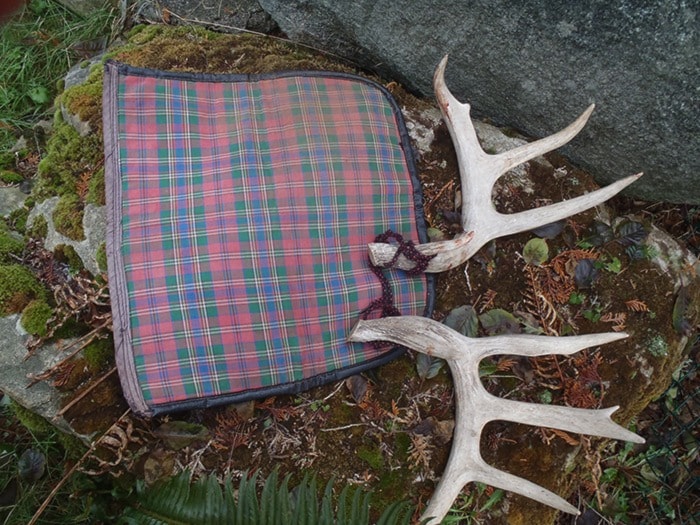Each fall thousands of islanders take up the annual rituals of hunting. This has many forms and differing targets, but for Vancouver Islanders and smaller island residents, black-tailed deer hunting is the most popular type of hunting.
Hunting is practised by both sexes and the age span is from 10 years to over 90, as in the case my hunting buddy. Along with fishing it is a lifelong activity. Hunting can be done with bows and arrows as in archery, shotguns or traditional rifles.
For the vast majority of hunters the object is to gather sustainable, locally grown, organic, fresh meat. Some of the popular methods used are road hunting through logging slash, tree stand hunting over fields and selected forested areas, or still hunting as in walking slowly through the forest, with frequent pauses in areas of fresh deer sign.
Camouflage clothing, special boots, tinted eye glasses, warm underwear are just a few of the special hunting apparel we often use in the pursuit of our sport. We also have compasses, range finders, GPS devices, and more recently maps on phones to help guide us through the woods.
Illustrated with this column are two pieces of gear I have found most useful during my deer hunting outings. The antlers are for rattling in appropriate places, and the waterproof quilted pad is to sit on when I want to sit quietly in the woods waiting for a deer to appear.
It may sound strange, but rattling is one of the simple skills to learn in attracting a buck deer. The trick is to clash a pair of suitable antlers together to imitate a pair of fighting bucks. It is a very successful technique used prior to the full rut when they are establishing breeding territory. It is most productive when practised by two hunters, one making the noise in a somewhat hidden area while his partner watches for incoming deer.
Still-hunting is my favourite type of hunting whenever possible. It is basically slowly walking along with well spaced pauses, through places where deer live. It is usually done by yourself, but works well with well disciplined partners. The skill is to see the deer before it is disturbed. The comfort pad allows me to sit on wet, mossy logs and listen for several minutes if the situation is suitable.
It is during the pauses and generally throughout the exercise you learn to use all your outdoor skills of being quiet, alert and watchful. Still hunting combines the listening skill of a sensitive musician, the observatory skills of a predator, and the patience of an owl.
Over the years you learn to interpret the sounds of the forest around you. The connections a still-hunter makes to their immediate surroundings is similar to those made by a fly fisher - anchored and angling over still waters. You learn to interpret the sounds and noise in your hearing zone. In many instances the languages of wild creatures will tell you who is in your immediate area. For example one day last week when I was quietly sitting on a mossy stump, a red squirrel started to scold something in the woods behind me.
Over the years I have learned when a squirrel is mouthing off it is frequently at a deer, hawk or owl. When sounding off at the predator birds, there is an anxiety in the scolding that is not present when mouthing off at a deer. I assumed it was at a deer and since it was at my back I turned in time to see a deer that had scented me, before bounding away. It was a thrilling moment of the hunt. I have learned the language of squirrels quite well, the wild language I would really like to master is that of ravens. I always feel as they fly over the forest, the constant talking back and forth to each other tells so much.
I continued my silent vigil from my comfort pad that was nestled in the moss with a large stump for a back rest. A few minutes after the squirrel episode I looked into forest in front of me, I a saw a large deer watching me. What I had shot was a large dry doe in excellent condition. I dressed it, left the gut pile for the ravens and took the deer out to my truck on my wheelbarrow – mission accomplished.
Ralph Shaw is a master fly fisherman who was awarded the Order of Canada in 1984 for his conservation efforts. In 20 years of writing a column in the Comox Valley Record it has won several awards.
